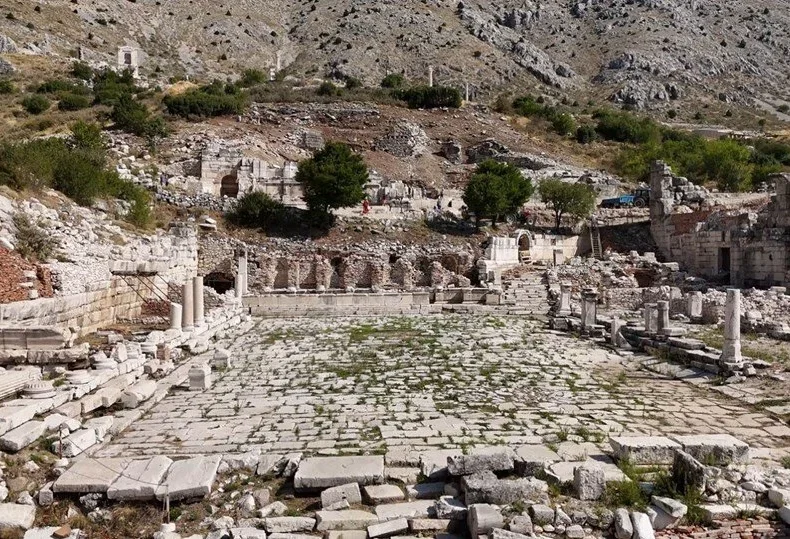
Türkiye’s Third-Largest Odeon Unearthed in Ancient City of Sagalassos
Excavations in the ancient city of Sagalassos, located in Burdur’s Ağlasun district, are revealing a monumental odeon buried nearly four meters underground. Archaeologists report that once fully unearthed, the structure will become the third-largest odeon in Türkiye, after those at Ephesus and Kibyra.
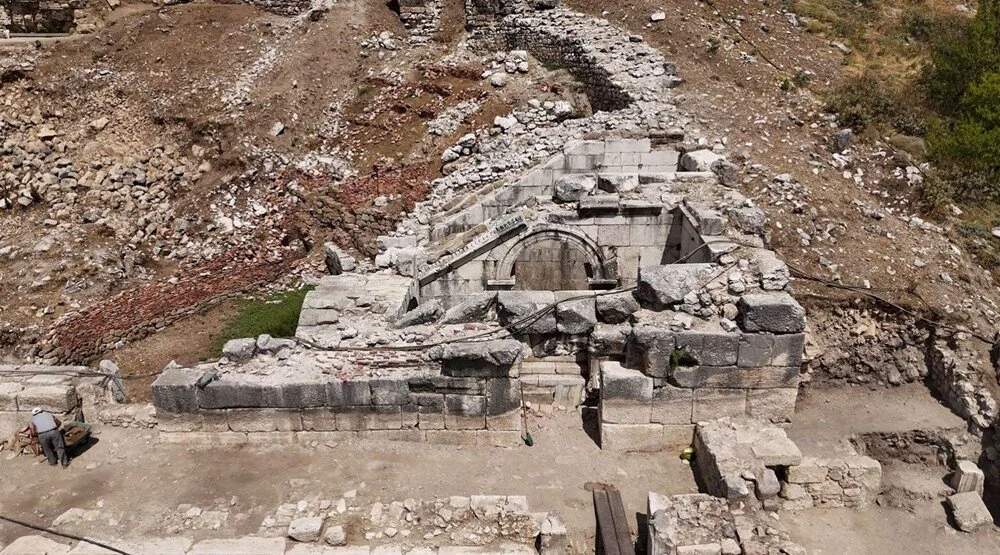
A hub for music, politics, and civic life
Listed on UNESCO’s World Heritage Tentative List, Sagalassos traces its origins back to 3000 BCE and flourished as one of the leading cities of Pisidia under Roman rule. The newly uncovered odeon was a multifunctional venue, hosting not only musical and theatrical performances but also civic assemblies. According to excavation team member Dr. Düzgün Tarkan, the building formed part of the city’s bustling core alongside the famous Hadrian’s Nymphaeum and its stone-paved square.
2,500-seat covered hall
With a capacity of around 2,500 spectators, the odeon’s covered design allowed performances and gatherings to continue even during rain and storms. The city also boasted a larger open-air theater seating 9,000–10,000 people. Based on these figures, archaeologists estimate that the ancient population of Sagalassos reached 35,000–40,000 inhabitants.
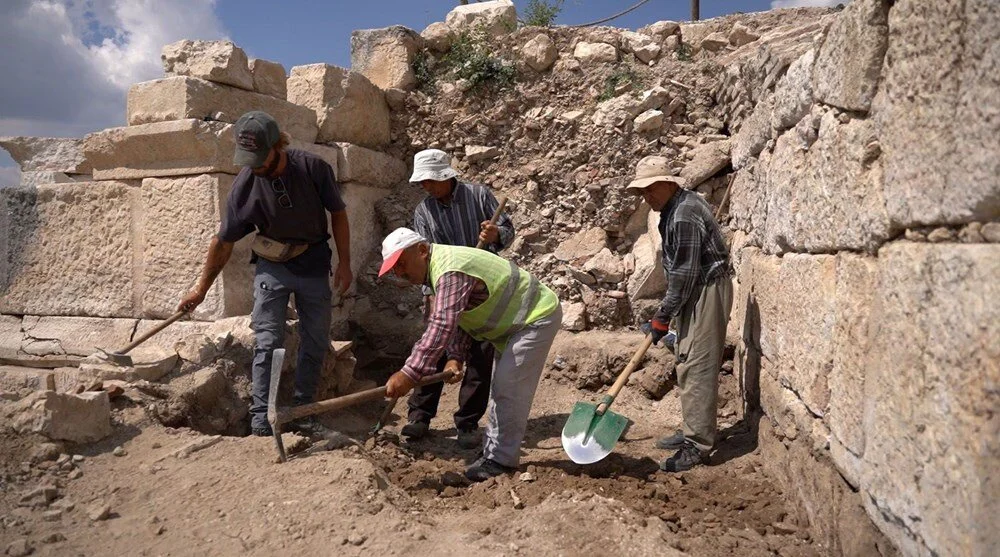
Byzantine modifications and restoration prospects
Dr. Tarkan noted that some of the seating rows were dismantled during the Byzantine era. However, surviving sections provide enough evidence for a rapid and accurate restoration.
📣 Our WhatsApp channel is now LIVE! Stay up-to-date with the latest news and updates, just click here to follow us on WhatsApp and never miss a thing!!
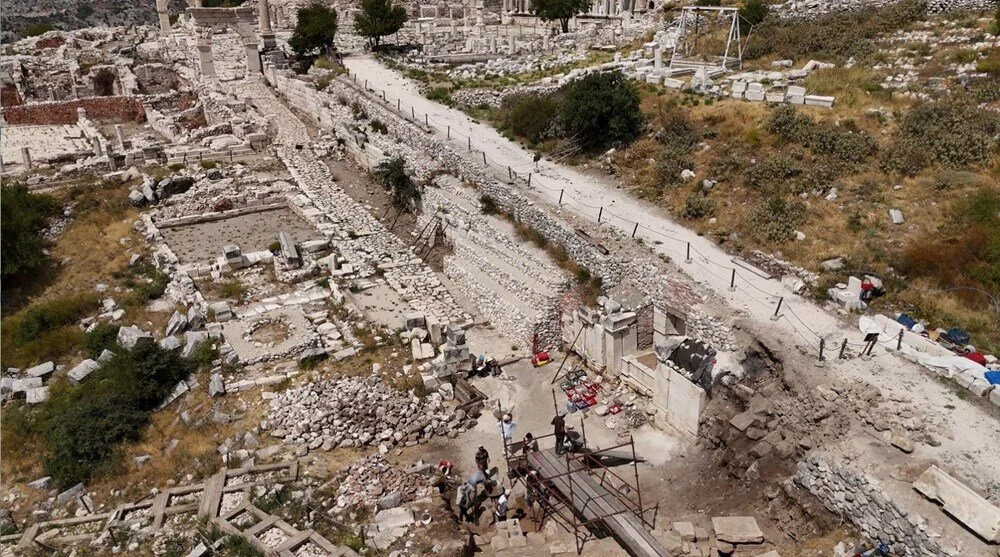
Sagalassos as a festival city
In the 2nd century CE, Sagalassos became a regional center for the imperial cult, attracting thousands of visitors during festival periods. Recent excavations also uncovered a small statue, which will soon be presented to the public by the Turkish Ministry of Culture and Tourism.
“Through our excavation and conservation efforts, the rich heritage of Sagalassos will be passed on both to the academic world and to future generations,” Dr. Tarkan emphasized.
You may also like
- A 1700-year-old statue of Pan unearthed during the excavations at Polyeuktos in İstanbul
- The granary was found in the ancient city of Sebaste, founded by the first Roman emperor Augustus
- Donalar Kale Kapı Rock Tomb or Donalar Rock Tomb
- Theater emerges as works continue in ancient city of Perinthos
- Urartian King Argishti’s bronze shield revealed the name of an unknown country
- The religious center of Lycia, the ancient city of Letoon
- Who were the Luwians?
- A new study brings a fresh perspective on the Anatolian origin of the Indo-European languages
- Perhaps the oldest thermal treatment center in the world, which has been in continuous use for 2000 years -Basilica Therma Roman Bath or King’s Daughter-
- The largest synagogue of the ancient world, located in the ancient city of Sardis, is being restored

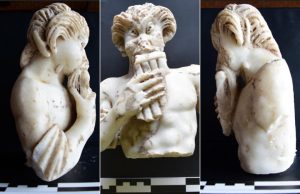
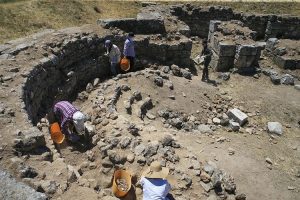
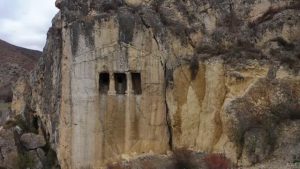
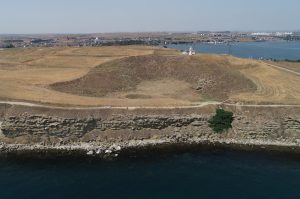
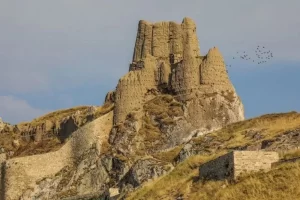
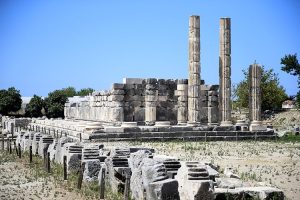


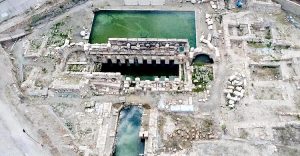
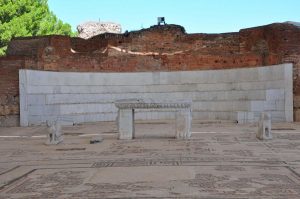
Leave a Reply